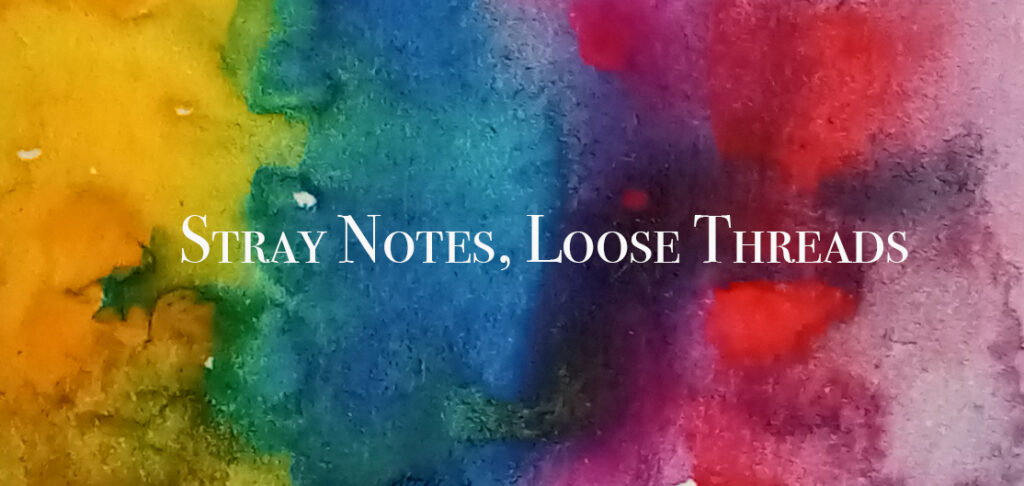When does appreciation turn into some else? What makes using something “appropriation” and what doesn’t? What is “appropriation” anyway? This week sees the first entry in a series of articles in which I will be looking at the topic and opening up a discussion. Readers are welcome to join in the debate by commenting on the articles. These comments will need to be approved before going onto the website but please do feel free to air your views. Here is to a healthy and lively conversation.
To start with how about a quick look at the use of the word. In legal and governance parlance, “to appropriate” means to allocate something for an exclusive use. Typically this refers to finance whereby money is allocated to a specific purpose as in, for example, budgeting or spending uses. We are more used to seeing it in its less favourable interpretation, alongside culture. Cultural appropriation is one of the big topics that we all grapple with. After all, no-one really wants to be accused of stealing from others when the intention was simply to honour or appreciate the work in the question.
Last week I posted a photograph that I had taken of a double-page spread in the article on Peter McIntyre’s Pacific. I had to think long and hard about using the photograph, as I do for any article that contains an image, because of the copyright that exists in the work. I came to the conclusion that it was not stealing to use the image because I was not using the picture to make money but to inform, and I was not simply copying the painting and sketch in question but had photographed them together, myself.
There are various ways in which countries have attempted to protect heritage but copyright does not really exist for things like national costume; for example, a kimono. “The word “Kimono” means “a thing to wear” and is a distinctively Japanese garment that nowadays can be found just about anywhere. We have a modern piece in the collection, made in Greece, that looks like a kimono, acts like a kimono but is not tied like a kimono. It has a long thin strap that goes from the front of one side, over the shoulder, through a loop, doubles back on itself, and then drapes over the other shoulder from the back to front. This strap is definitely not an obi – the sash that traditionally ties a Japanese robe – although it could be tied around the waist instead of draping over the shoulders, but the garment still manages to feel like it comes from Japan. So why do I think this does not count in the appropriation stakes? It cannot simply be the different way in which it is tied, can it?
I feel that, for something to be called out under the appropriation label it needs to lack a certain respect. This piece does not disrespect an ancient tradition. Rather it borrows and enhances that tradition. It nods to the style of kimono without being one, and it is expertly made and finished, just as kimono should be. It adds to the sophistication of the tradition, rather than reducing it; making use of it for style rather than just for making money, and Japanese artisans, I think, would agree.
Also in the collection are authentic kimono. A few years ago, after a visit from someone who was lamenting the decline of traditional Japanese garment manufacture because people are no longer inclined to wear such things, or to spend the time necessary to learn the art and craft of making something beautiful in the same way as in “the old days”, I decided to purchase a set of these garments. (One of them, an uchikake – wedding gown -, is on display at the moment and it received a comment from a Japanese visitor who was delighted to see it hanging in Greymouth.) Then along came the exhibition at the Victoria and Albert Museum in London and I quickly realised that the kimono is alive and well in its home land. I still feel that the collection should have these pieces, even though my initial reason for purchasing them was erroneous, and they should be shown so that others can appreciate the skill that goes into making the garments, and can be inspired to make their own. Respect and admiration is surely one aspect of appropriation that needs to be acknowledged, at least, in my opinion.
What do you think?

Leave a Reply